How Many Dimples Are on a Golf Ball and How They Impact Flight
Golf balls are not just simple spheres; they’re meticulously crafted pieces of equipment designed for optimal performance on the course. One of the key features that sets golf balls apart is the presence of dimples covering their surface.
These dimples, though small in size, play a significant role in dictating how a golf ball behaves when in flight. Understanding the intricacies of dimples on a golf ball and their impact on its trajectory is crucial for any golfer looking to improve their game.
From the history of dimples to the science behind their aerodynamics, delving into this aspect of golf ball design reveals a fascinating world of engineering and physics.
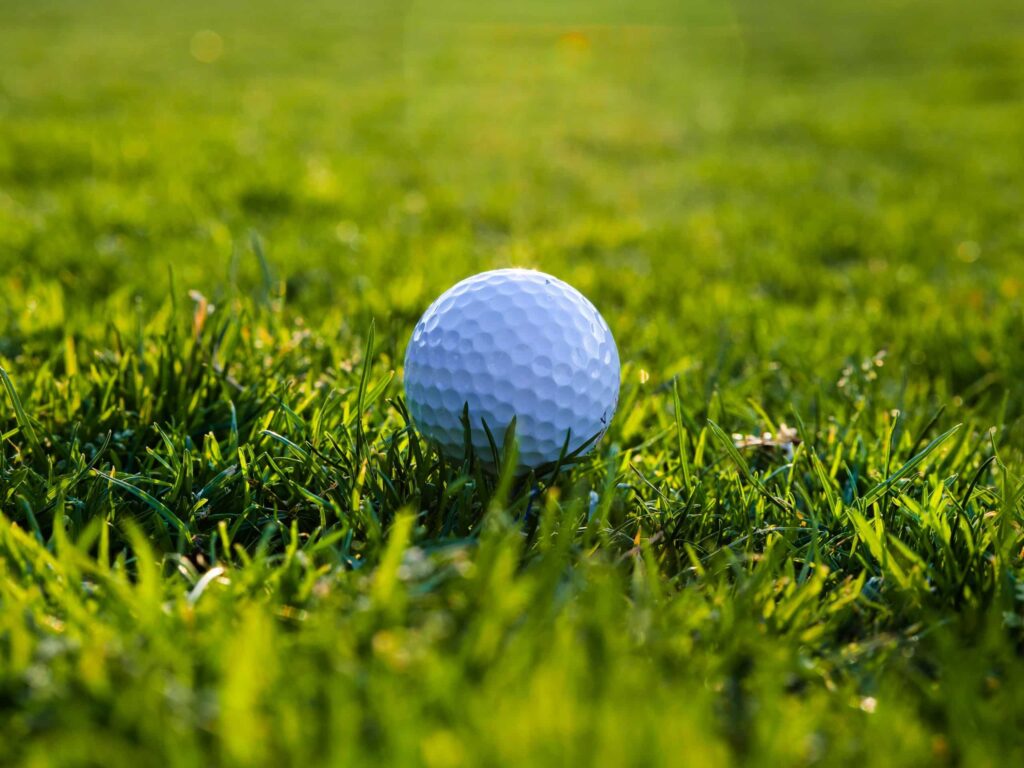
Introduction
Golf, a game of precision and skill, involves various factors that influence the flight of the ball. Among these factors, the dimples on a golf ball play a crucial role. In this article, we’ll delve into the significance of these dimples, exploring their impact on trajectory, distance, and overall performance on the golf course.
Golf is a game of precision and technique, where every detail can make a significant difference in performance. One such detail that often goes unnoticed by casual observers is the dimples on a golf ball. Despite their small size, dimples play a crucial role in determining the trajectory and distance of a golf ball’s flight.
Understanding the Role of Dimples
They Minimize Air Resistance to Maximize Lift
Dimples on a golf ball serve a fundamental purpose: they minimize air resistance, allowing the ball to achieve maximum lift. Without dimples, the smooth surface of the ball would create a layer of turbulent air, known as the boundary layer, which drags the ball down. The dimples disrupt this layer, creating a thin layer of air that clings to the surface, thereby reducing drag and optimizing lif
They Determine Trajectory and Distance
The arrangement, size, and depth of dimples significantly impact the trajectory and distance of a golf ball. Different dimple patterns produce varying aerodynamic effects, influencing factors such as spin rate, launch angle, and ball speed. Understanding these effects is crucial for golfers seeking to optimize their performance on the course.
How Many Dimples on a Golf Ball?
The number of dimples on a golf ball can vary widely depending on the manufacturer and model. Typically, golf balls have anywhere from 300 to 500 dimples, although some may have more or fewer. The exact number of dimples is determined through extensive testing and design iterations to achieve the desired aerodynamic characteristics.
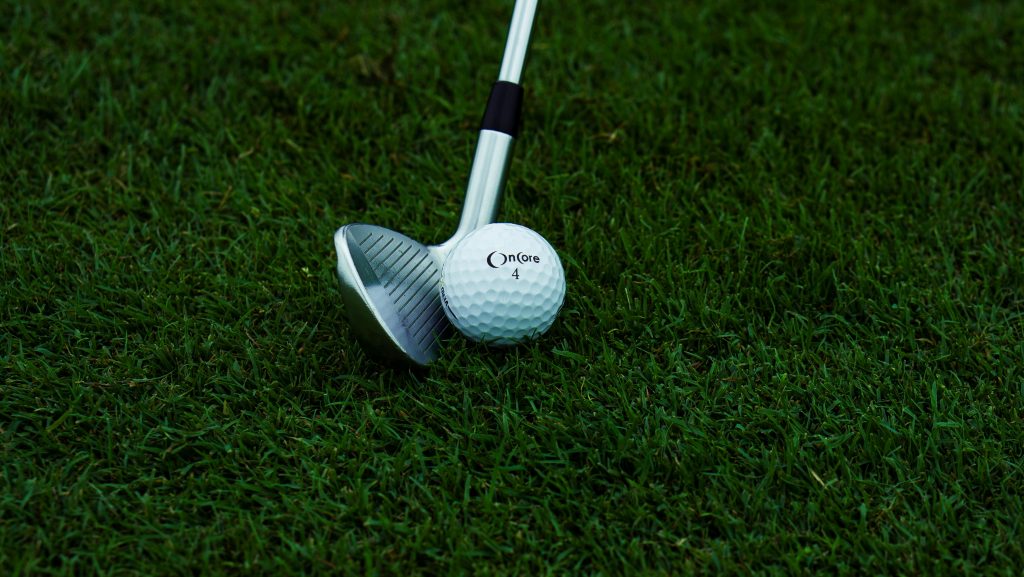
Why Do Golf Balls Have Dimples?
The concept of dimples on golf balls originated in the late 19th century when players noticed that older, scuffed balls tended to fly farther than new ones. This led to the realization that irregularities on the surface of the ball disrupted airflow, resulting in improved flight characteristics. Manufacturers began incorporating dimples intentionally to replicate this effect, leading to the modern golf ball design we see today.

When Did Golf Balls Get Dimples?
The first dimpled golf ball is believed to have been introduced in the early 20th century. Over time, advancements in manufacturing technology allowed for more precise and consistent dimple patterns, further enhancing the performance of golf balls. Today, dimples are a standard feature on virtually all golf balls, reflecting their indispensable role in the game.
How Big Are Dimples on Golf Balls?
The size of dimples on golf balls can vary, but they typically range from 0.1 to 0.2 inches in diameter. The depth of the dimples also varies, with deeper dimples generally producing a more pronounced aerodynamic effect. Manufacturers carefully design the size and depth of dimples to achieve optimal aerodynamic performance for different types of golfers and playing conditions.
How Much Does a Golf Ball Weigh?
A standard golf ball weighs approximately 1.62 ounces (45.93 grams). This weight is carefully regulated by golf governing bodies to ensure consistency and fairness in competition. Any deviation from this standard weight could potentially affect the ball’s flight characteristics and overall performance.
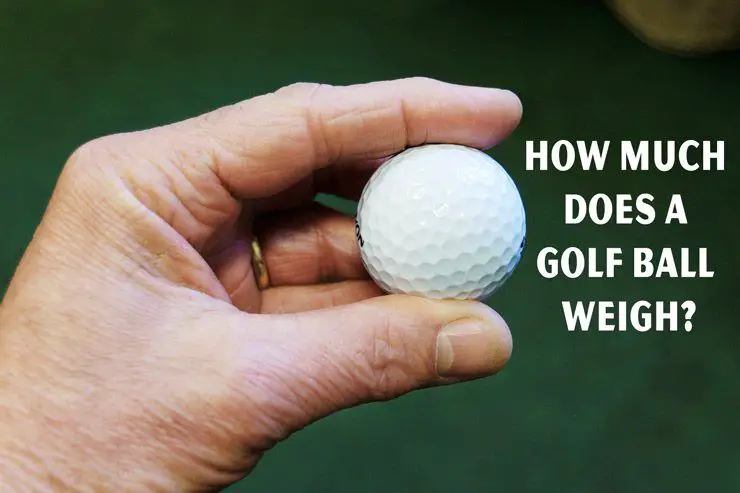
How Big Is a Golf Ball?
In terms of diameter, a regulation golf ball measures 1.68 inches (42.67 millimeters). This standardized size ensures uniformity across all golf balls used in official competitions. While variations in design and construction may exist among different brands and models, adherence to the specified size ensures fair and consistent gameplay.
Which Golf Balls Have the Most Dimples?
Some golf balls feature designs with higher dimple counts, ranging upwards of 500 dimples or more. These high-dimple-count balls are often marketed for their enhanced aerodynamic performance and are popular among professional players and avid golfers seeking maximum distance and control. However, the optimal number and arrangement of dimples can vary depending on individual playing styles and preferences.
How Do I Know Which Golf Ball Dimple Patterns Are Right for Me?
Selecting the right golf ball with the optimal dimple pattern requires consideration of various factors, including swing speed, spin rate, and playing conditions. Golfers with higher swing speeds may benefit from golf balls with fewer, deeper dimples, which can help reduce drag and maximize distance. Conversely, golfers with slower swing speeds may prefer balls with shallower dimples or more pronounced dimple patterns to enhance lift and control.
What Would Happen If a Golf Balls Didn’t Have Dimples on It?
Without dimples, a golf ball would experience significantly higher air resistance, leading to reduced lift and shorter flight distances. The smooth surface would create a larger boundary layer of turbulent air, causing increased drag and diminished aerodynamic efficiency. As a result, golf shots would travel shorter distances and lack the precision and consistency afforded by dimpled balls.
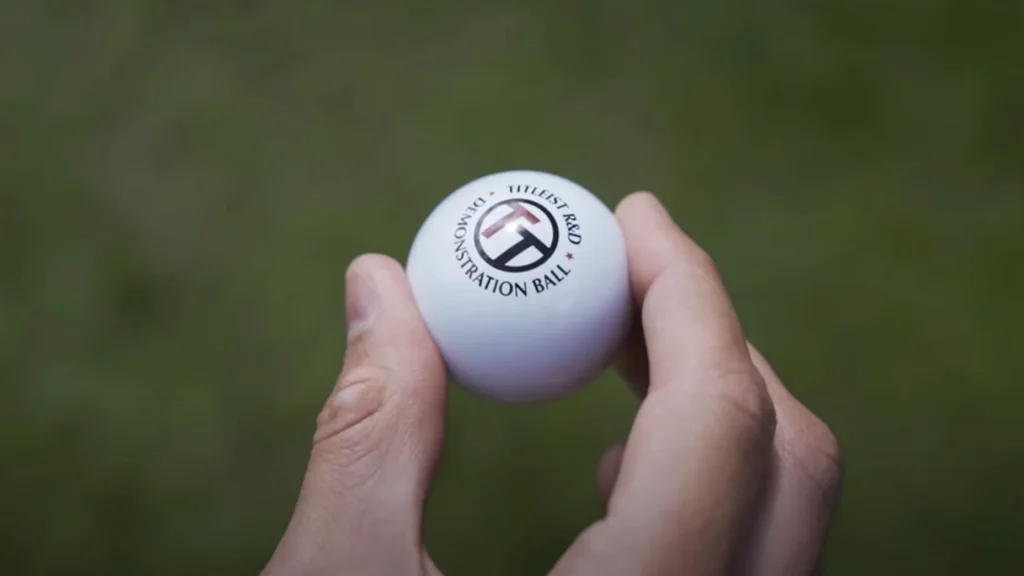
History of Golf Ball Dimples
The evolution of dimples on golf balls is a testament to the ingenuity and innovation of golf equipment manufacturers. From humble beginnings as a serendipitous discovery to a meticulously engineered feature, dimples have become synonymous with the modern game of golf. Through continuous research and development, manufacturers strive to optimize dimple designs to meet the evolving needs and preferences of golfers worldwide.
Have Golf Balls Always Had Dimples?
The concept of dimples on golf balls has evolved over time, with early iterations relying on natural irregularities and wear patterns to achieve aerodynamic benefits. However, it wasn’t until the 20th century that dimples became a deliberate and standardized feature of golf ball design. Today, dimples are an integral aspect of golf ball construction, contributing to the game’s rich history and enduring legacy.
Improve Your Golf Game with the Jim Venetos Golf Academy
For golfers looking to elevate their game to the next level, the Jim Venetos Golf Academy offers comprehensive instruction and training programs tailored to individual skill levels and goals. Whether you’re a novice seeking to learn the fundamentals or a seasoned player aiming for peak performance, our experienced instructors are dedicated to helping you achieve success on the course. Visit us online or schedule a lesson today to unleash your full potential and take your golf game to new heights.
FAQs
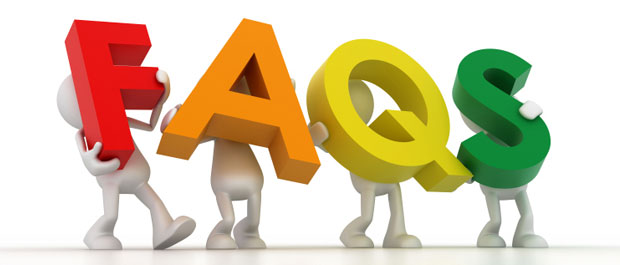
1. Do all golf balls have the same number of dimples?
No, the number of dimples on a golf ball can vary depending on the manufacturer and model. Some balls may have fewer dimples for specific performance characteristics, while others may have more for increased aerodynamic efficiency.
2. Can I customize the dimple pattern on my golf ball?
While customization options for dimple patterns are limited for mass-produced golf balls, some manufacturers offer personalized or custom-fit options for professional players or special
Conclusion
In conclusion, the dimples on a golf ball are far more than just aesthetic features—they are essential elements that profoundly influence the ball’s flight characteristics and overall performance. By understanding the science behind dimples and their effects on aerodynamics, golfers can make informed choices when selecting equipment and improve their game on the course.
In conclusion, while dimples on a golf ball may seem like minor details, they play a crucial role in determining the ball’s flight trajectory and distance. Through the principles of aerodynamics and years of technological advancements, dimple design has evolved to enhance performance on the golf course.
Understanding how dimples affect the behavior of a golf ball can empower players to make informed decisions about their equipment and ultimately improve their overall game. Whether it’s reducing drag, increasing lift, or optimizing spin, the science behind dimples continues to shape the way golfers approach their shots. So next time you tee up, remember to appreciate the humble dimple and its significant contribution to the sport of golf.

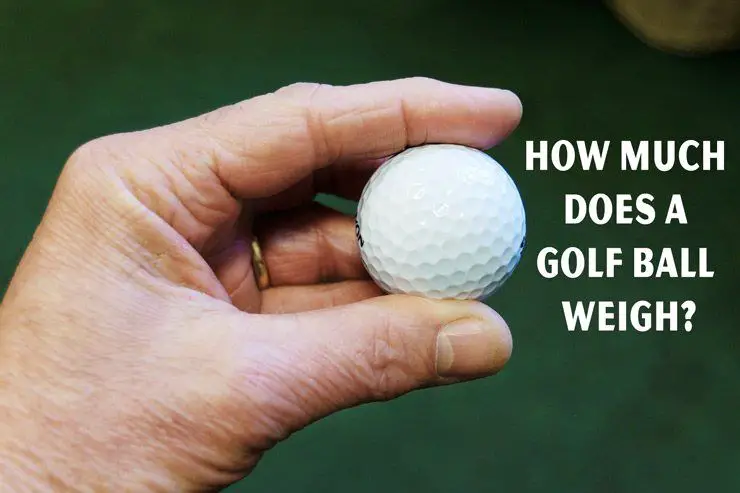
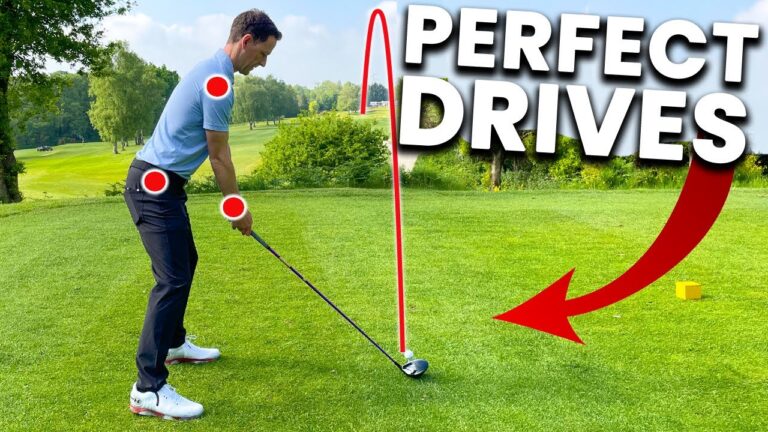


![6 Most Common Club Car XRT 1550 Problems [Easy Solution]](https://golfingtalks.com/wp-content/uploads/2024/01/Common-Club-Car-XRT-1550-Problems-768x419.webp)
